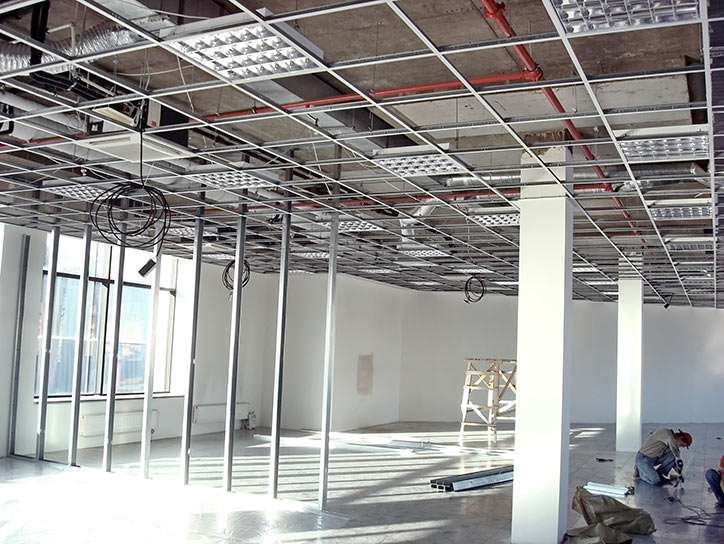

Sheetrock 20 is a product that is made more light weight, still sets chemically so has less tendency to shrink but is much more sandable, although not quite as easy as with the regular drywall compound. Then after it is hard, finish off with a couple of coats of the regular drywall compound. So if you need to fill a large hole, start with them but don't let it sag or stand out beyond the wall. But they are almost impossible to sand and they cannot be reactivated with water. If the house shifts and the joint cracks later, you can reactivate this compound by getting it wet again, even years later, allowing you to remove the first job and do a good job over the same joint again.ĭurabond 90 or other 60 or 90 minute products set chemically before drying which prevents shrinkage. It requires several very thin coats, but it sands very easily and to a fine finish.

You cannot put this on thickly or it will crack seriously. This is the thin creamy stuff that we always use, together with tape, for joints in the drywall. In the first photo you see me sanding ordinary drywall general purpose compound. Why so many? Some are made to fill large holes or cracks without shrinking, others are made to give you a fine smooth finish and some try to do a bit of both.

#Difference between drywall plaster and plaster of paris Patch#
Ever wandered into the renovation centre looking for something to patch a hole in the wall? Complicated, isn't it with so many choices.


 0 kommentar(er)
0 kommentar(er)
